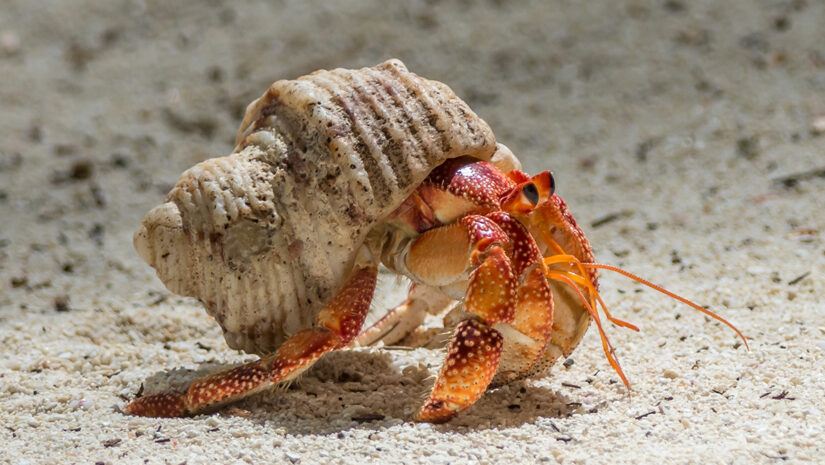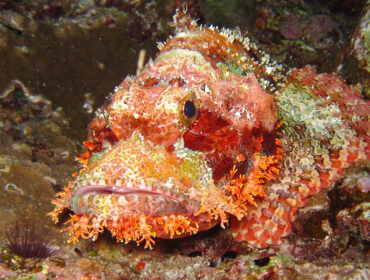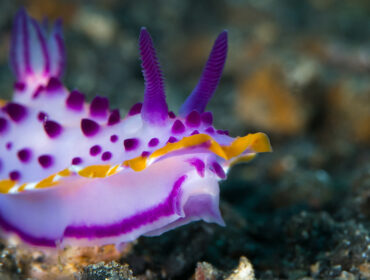Everyone is familiar with the lovable hermit crab. It’s featured in animated movies, children’s stories, and nature programming, and it isn’t easy to find someone who doesn’t immediately know what it is. But a little secret that almost no one knows, perhaps even the hermit crab, is that it isn’t a crab!
What is a Hermit Crab?
While it is true that crabs and hermit crabs are both decapod crustaceans, they are classified very differently. The hermit crab is nothing like the nearly 5000 species of real crabs. Hermit crabs have a longer, softer body, the back of which somewhat resembles a chameleon’s tail end without legs. This is why the shell is vital to the hermit crab’s persona. Without it, its vulnerable body would be easily damaged. The shell must be big enough to retract entirely or be at predation risk.
Some species of hermit crabs take a community approach to upgrading their housing when moving. Usually, the largest hermit crab finds the shell of his liking with the others in tow. They will form a queue, and when the large crab has vacated his shell into the new one, the next most significant step is the old one. Then the one behind that fills his old shell, and so on, until every one of them is housed, and away they go. Humans could learn a thing or two from the little hermit crab!
What does ‘hermit’ mean?
Part of the name comes from the solitary nature of the creature in his housing, with no room to share, and the hermit crab takes this seriously. They have been known to battle to the death for a prized shell, should there be one that catches the eye of more than one hermit crab. Some innovative hermits will eschew mobility and make their permanent home out of a snug opening of a coral, a piece of wood, or stones. They will “hang out on the porch,” so to speak, when it is time to feed, but then they can just go back inside and bide quietly, just how they like it.
The name implies that they may not play well with others, but they are social creatures and create communities in their natural habitat. Those wishing to have them as pets are encouraged to have more than one due to the grouping nature of the hermit crab. It should be noted and appreciated that keeping them as pets is a commitment, just like any other pet. The life span of some species can be over 30 years. With proper care and attention, a flourishing tribe of hermit crabs is entirely possible.





